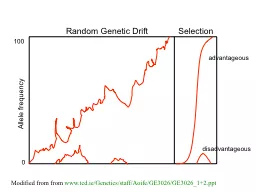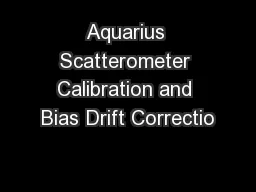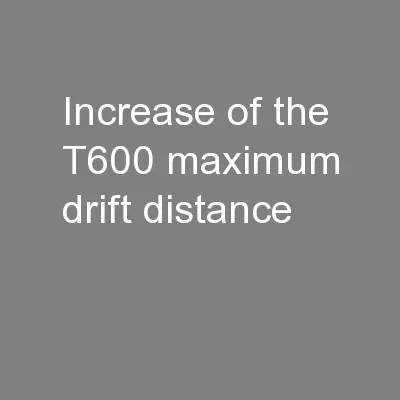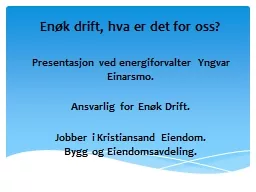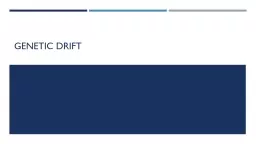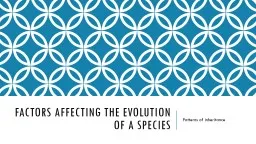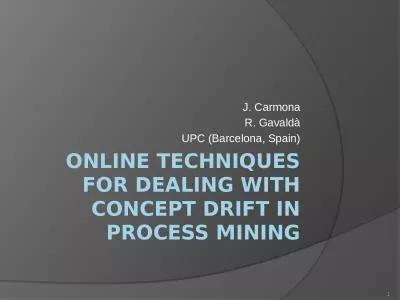PPT-Random Genetic Drift
Author : ellena-manuel | Published Date : 2017-09-06
Selection Allele frequency 0 100 advantageous disadvantageous Modified from from wwwtcdieGeneticsstaffAoifeGE3026GE302612ppt Purifying selection in GTA genes dNdS
Presentation Embed Code
Download Presentation
Download Presentation The PPT/PDF document "Random Genetic Drift" is the property of its rightful owner. Permission is granted to download and print the materials on this website for personal, non-commercial use only, and to display it on your personal computer provided you do not modify the materials and that you retain all copyright notices contained in the materials. By downloading content from our website, you accept the terms of this agreement.
Random Genetic Drift: Transcript
Download Rules Of Document
"Random Genetic Drift"The content belongs to its owner. You may download and print it for personal use, without modification, and keep all copyright notices. By downloading, you agree to these terms.
Related Documents

